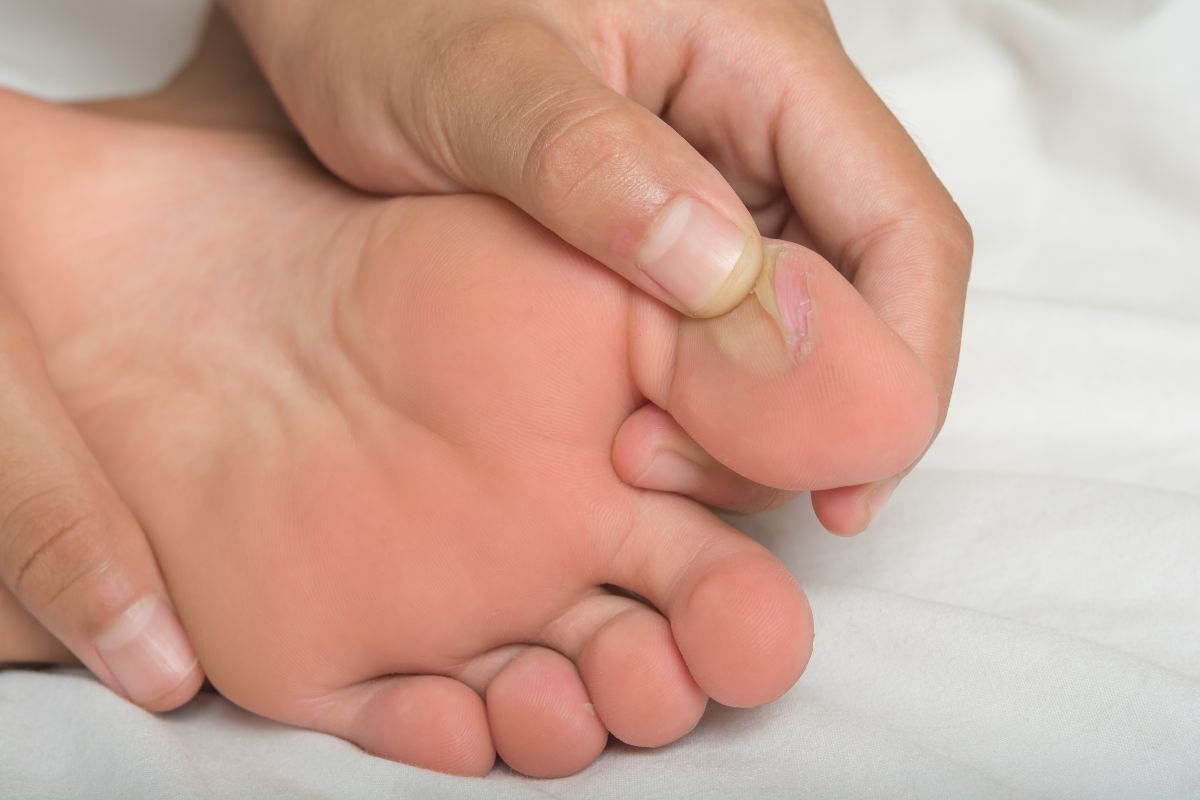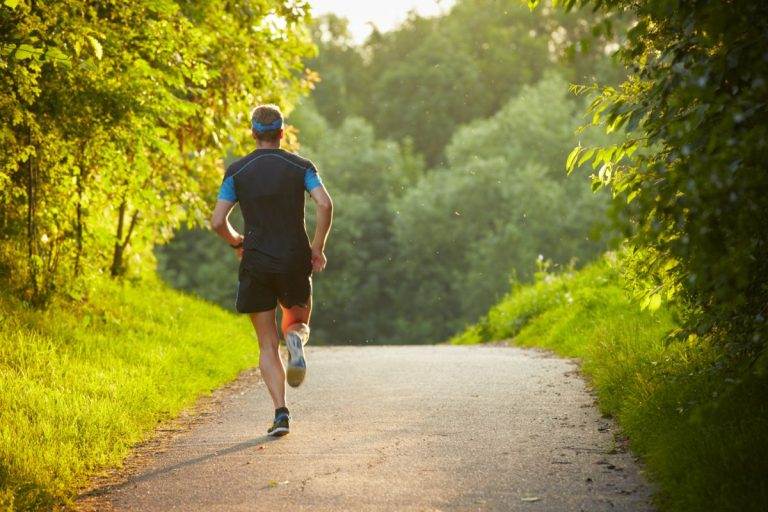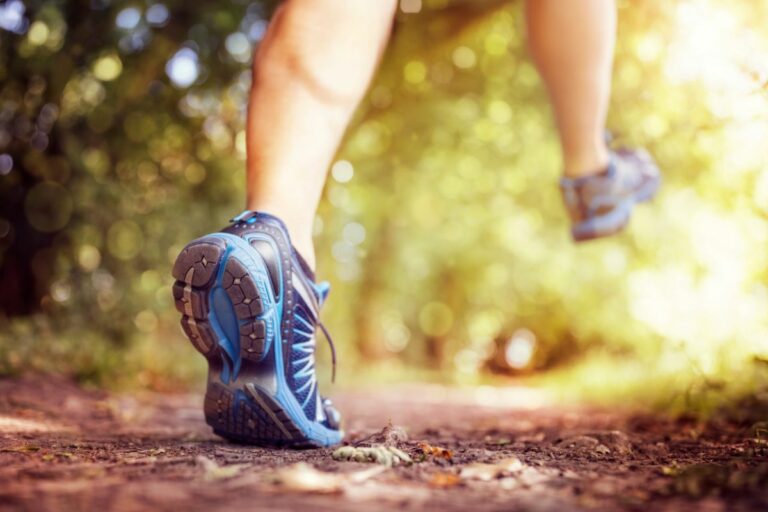How To Prevent Running Blisters: 6 Tips to Keep Your Feet Happy

Developing blisters is something that every runner dreads. Although they are relatively small, they can significantly impact your training schedule. So, how to prevent running blisters?
Fortunately, there are a couple of simple ways to avoid blisters when running. Here are our top tips.
What Are Blisters?
Blisters are oval-shaped fluid-filled sacs that form when the skin comes into contact with extreme friction. These pockets are typically filled with clear fluid and remain firmly underneath a layer of skin.
They create a barrier to protect the raw and healing skin underneath from any type of infection and also contain the necessary nutrients that the area of the skin needs to fully heal.
How Do Running Blisters Form?
Running blisters tend to occur due to a repeated rubbing motion between the sock, running shoe, and the skin on the foot. Essentially, extreme friction on your feet causes them.
Some of the most common causes of friction include ill-fitting shoes, wrinkled socks, and sharp seams, although these are not the only causes of running blisters out there.
Once the skin has been damaged significantly for long periods, fluid will collect underneath the skin, and blisters will form.
Blisters can be very sore spots that, in some instances, have the power to make running an impossible activity.
What To Do If A Running Blister Occurs
You may be tempted to pop a running blister when it forms. Due to the sensitivity of the areas where they typically occur (anywhere on the feet), it’s best to leave your blister alone and allow it to pop itself.
Again, the skin underneath the running blister is healing itself which means it’ll be red, sore, and raw if it is left exposed. To save yourself some unnecessary pain, simply carry on with your daily activities and leave the blister alone.
How to Prevent Running Blisters: Top Tips
Preventing blisters on the toes when running isn’t as difficult as it may seem. You can do a few simple things each time you put your running shoes on to keep your feet safe, secure, and comfortable.
Here are our top tips:
1. Wear Well-Fitting Shoes
Wearing tight shoes on a run can significantly increase your chances of running blisters occurring as they impact the amount of friction and pressure on your feet. This means that wearing proper footwear is crucial.
You should ensure that there is a thumb’s width of space between the toe box and your longest toe. This will guarantee that there’s enough space for your foot to move when you are running downhill.
Running shoes that are too loose can cause blisters. You can change how you tie your running shoes to make them fit better.
It also allows room for your feet to swell if you decide to tackle a much longer run than normal, ensuring that your feet do not rub or pinch against the side of the shoe.

2. Do A Test Run
Even if you have some help when choosing a new pair of running shoes, giving them a test run before you embark on a long run is very practical.
This will not only make sure that they’re the right fit but will also help you to learn how to break the shoes in.
Try to break in your new running shoes by wearing them around your home along with the socks you will use while running in the future. If any notable areas begin to rub together, this will be exaggerated when you run.
As a result, it’s important to address these issues before going on a run.
3. Layer Up
Wearing two layers of cotton socks as you run is a brilliant way to prevent blisters from occurring. This is because having the additional layer significantly reduces the chances of friction between the shoe and the foot.
However, wearing two layers of socks can make your running shoes a little bit too tight. In some circumstances, especially when you are long-distance running, this may increase your chances of a blister.
Give this tip a try if your shoes are much too loose to start with and see if this tip works well for you!
4. Keep Your Skin Dry
This is an effective way to prevent running blisters on the toes and in feet. If you notice that your feet are very sweaty when it comes to long-distance running, you must consider introducing an antiperspirant or talcum powder.
This will prevent your feet from becoming moist.
5. Never Remove Calluses
Your body naturally builds calluses at particular areas where your feet tend to experience lots of friction.
These calluses are great barriers that work to prevent unsightly and painful blisters from forming, so make sure that you never remove them!
Removing calluses will not only damage the tissue in your feet but will also put you at more risk of developing an infection.
6. Don’t Run With Rocks in Your Shoes
If you feel a pebble, rock, or any sort of debris inside your shoe, stop running immediately! These can quickly rub against the sensitive skin on your feet, leaving them vulnerable to running blisters.
Stopping to take a rock out of your shoe may add an unwanted minute to your total run time, sure, but developing a blister could be even more catastrophic. It’s more than worth the extra time!
Remember: It’s Ongoing
If you’re a frequent runner, you might have developed your tried-and-true methods of preventing blisters from occurring. Unfortunately, this does not mean that you’re immune from getting running blisters.
Each time you change the running shoes that you are using, it is entirely possible that blisters will start to show up in multiple areas on your feet.
If you feel a blister coming on, don’t throw out your shoes just yet. Even a small adjustment to the way the shoes fit your feet could significantly reduce the risk of blisters occurring.
The Bottom Line
A running blister should not be enough of a deterrent to stop you from moving your body!
Provided you take the precautions mentioned in the article above, you’re providing your feet with the best possible chance of a blister-free life. Or, at least, you’ll be reducing your overall risk of developing blisters.






